Everyone who’s ever had a love affair with comics has probably rolled their sleeves up and tried to draw their own at some point. Good, bad or indifferent, we’ve all folded a scruffy piece of paper into a book-shaped rectangle and drawn our favourite characters throwing down. We all did that.
Some of us may even still have our first homemade comics somewhere, hiding away in a shoebox labelled ‘junk’ and guarded with embarrassed pride. But, how do you make the jump from ‘fan-art dreamer’ to serious contender as a grown-up?
I obviously don’t claim to have the answer to that question and nor would the industry’s top talent for that matter. What we can control — as our fingers and toes are crossed for a miracle — is… how good we are, to a certain point at least. I’ve studied a lot of ‘how to’ material and there’s a couple of things that always, always pop to the surface.
If you want to take this seriously and you genuinely want to draw comics, you absolutely must…
- Draw comics, every day. Everyone in the industry who’s worth listening too will say the same.
- Draw from life as often as possible, male, female, young, old, fat, thin etc. Whatever, wherever.
- Develop a “without even thinking” knowledge of human anatomy, male and female, top to toe. Get to know your own body too and learn how to pose-out in front of the mirror.
- Study the greatest talent in the art world as a whole… I’m not just talking about Lee, Coipel, Maleev or Pichelli, I’m talking about Degas, Schiele, Klimt and Renoir.
- Develop an eye for when something looks wrong and be able to identify why. Try holding the paper up to the light and flipping it over to see it in reverse or flipping horizontally in PS, then aim to rectify.
- Develop a solid understanding of weight, gravity, balance, body language, scale, age, ethnicity, strength, speed, timing, trajectory, perspective, 3 dimensions, tension, limitations, action, reaction and drama.
- Be able to draw a person facing us in a strange position and know exactly what that looks like from a reverse angle, lowered and elevated.
- Understand of how 2 or 3 panels talk to each other, how one page talks to another and how… what you don’t draw is as important as what you do in the space and time between panels.
- Understand story-beats and momentum.
- Understand how to execute useful and varied composition.
- Develop your use and grasp of negative space.
- Be able to draw anything you can think of… or a version of it: vehicles, buildings, weapons, landscapes etc.
- Understand a comics page in its simplest form so that you can play with it and make it interesting, while still being crystal clear and to the ‘point’.
- Be aware of the amount of dialog required for each panel and manage the space accordingly.
- Be able to do all these things and everything else I haven’t mentioned while being consistent, so a distinctive style can emerge.
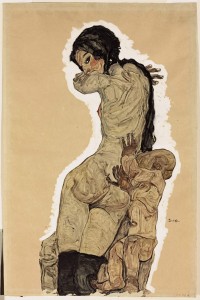
There’s plenty of books worth picking up as a starting point. Learning the mechanics of the human body is paramount and also as good a starting point as any.
I liked How To Draw Comics The Marvel Way – It’s a pretty safe place to go in terms of learning the basics and comes with some solid recommendations from industry legends, namely: Dave Gibbons. I was lucky enough to attend one of Dave’s rare drawing classes in his home town of St Albans. He was quick to praise this obvious choice as reference.
Bryan Hitch’s Ultimate Comic Studio is very clear and articulate and leans more towards the story side of things, very useful in a different way.
Frank Miller The Art of Sin City is a beautiful coffee table book to exhibit in the lounge and comes in handy when trying to figure out the right atmosphere for a particular page. Frank’s tone and mood is obviously worth knowing more about.
Jim lee’s large format book is handy for understanding and honouring the way comic art should feel as we look at it. Jim has a very classic look to his art through squinted eyes. What’s distinctive about his work? Why is that? What’s distinctive about my own work? How can I apply that further?
Watching the Watchmen is great for an insight into the design process as a whole. How to imagine an entire world and what steps we need to take to arrive at that place. It also starts to help us think in terms of collaboration.
Complete Anatomy and Figure Drawing or something similar is absolutely critical.
I also like Studio Space – An insight into how different artists work and how they got their break in the industry.
Once you’ve mastered how to build a human body and you can apply some of the above, you’ll be able to draw comics anywhere and should carry a quality pencil and sketch-book at all times, pulling it out when the opportunity presents itself and cracking on.
These comics won’t draw themselves.

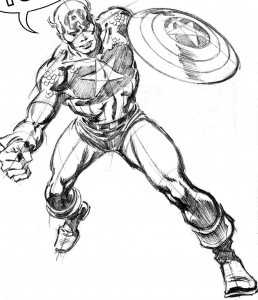
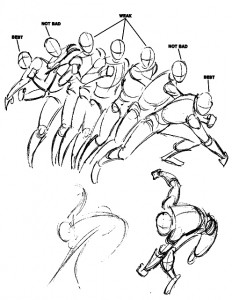

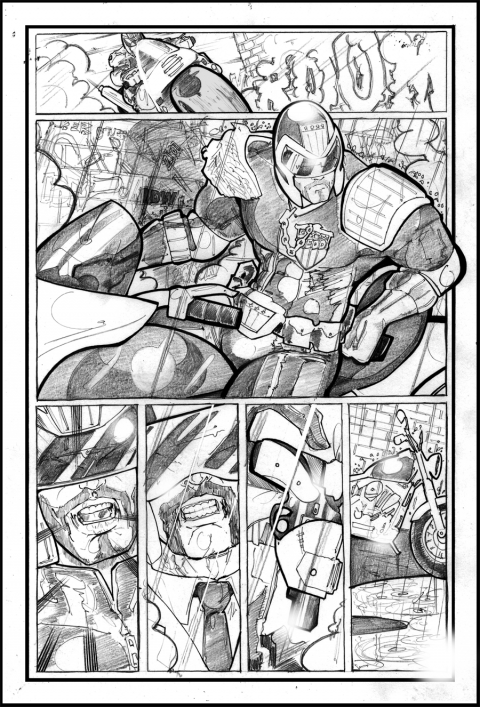
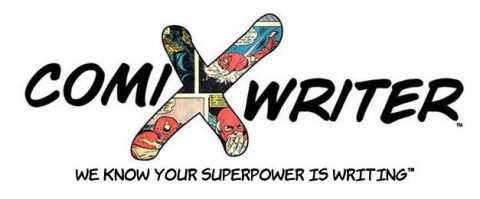
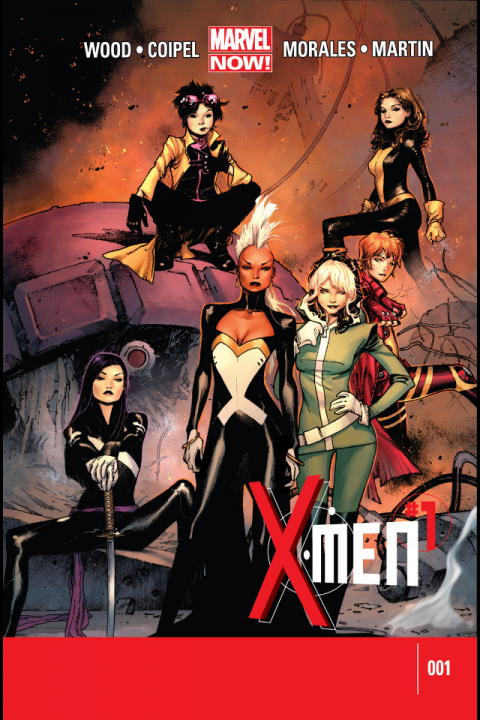
This was my first art book… here’s the video version with Stan and big John Buscema:
http://www.youtube.com/results?search_query=how+to+draw+comics+the+marvel+way&oq=how&gs_l=youtube-reduced.3.0.35i39l2j0l2.67800.68153.0.72152.3.3.0.0.0.0.94.265.3.3.0…0.0.1Miy1Sk0U2Q
If nothing else, these vids clearly demonstrates Stan’s incredible ability sell, motivate and create a personality for Marvel that it sorely lacks today. What a showman!
Big John makes it look effortless.
Holy acid wash and big hair:
http://www.youtube.com/watch?v=nbdKlfWflb4&feature=relmfu
Early artists like BWS studied art and ended up in comics. These guys studied comic art.
This was an interesting read. How about writing for comics? Any advice to would-be writers?
This is f*****g cool, thanks man.
again… cool.
Hi Christian,
Sure, I can put something together for next week. Did you have any specific questions? I’ll do my best to field them.
Glad you liked it man.